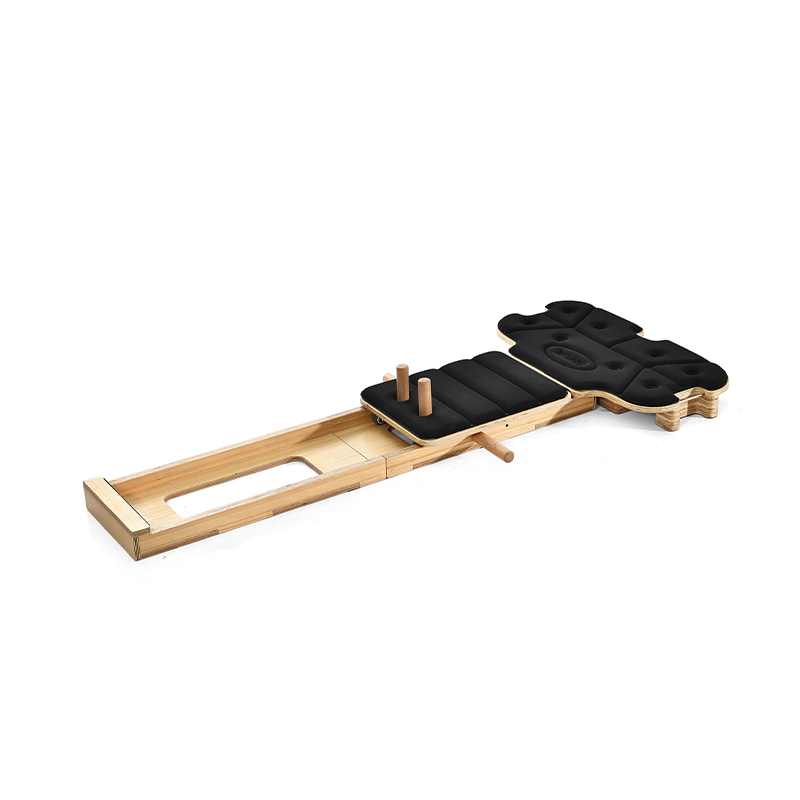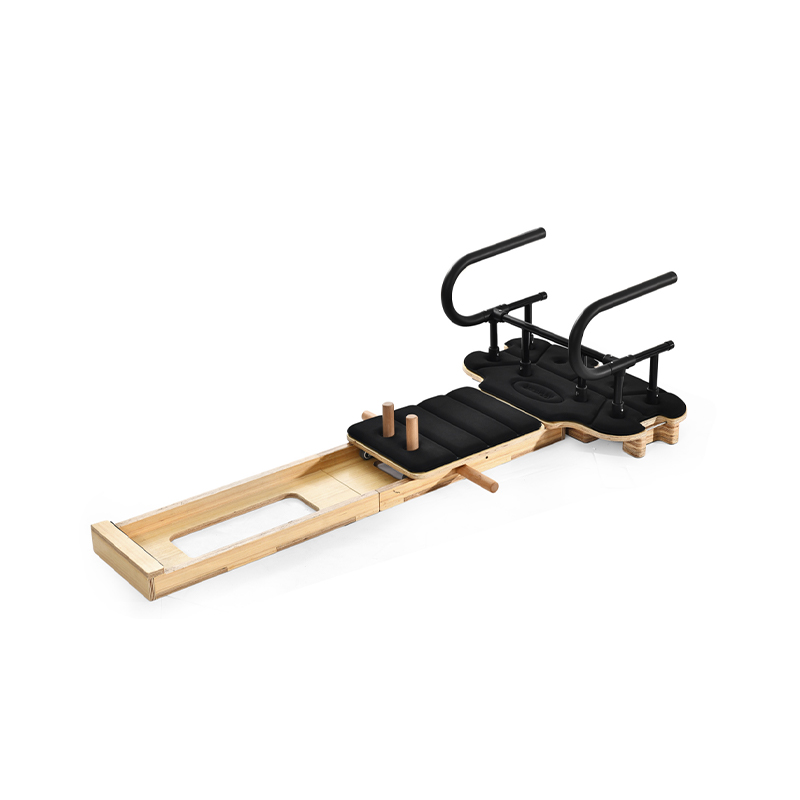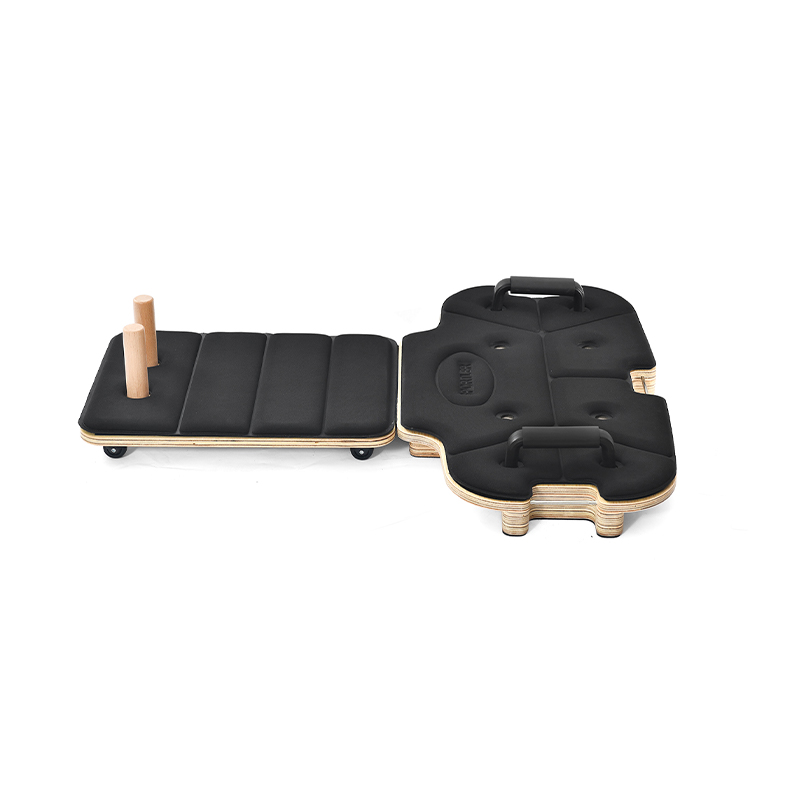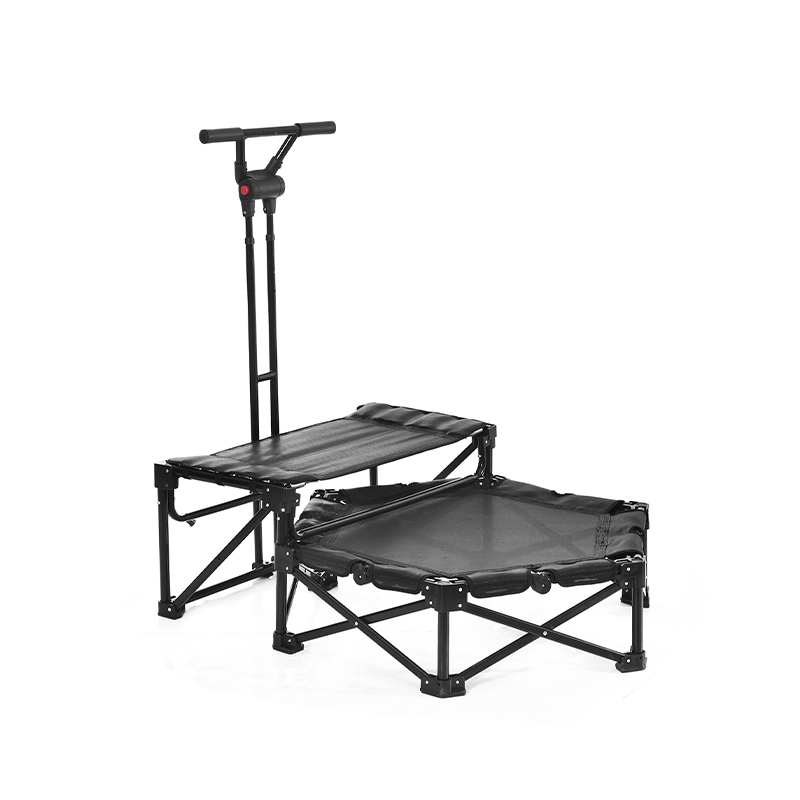A small foldable trampoline offers a practical and enjoyable way to incorporate physical activity into daily routines. Designed for indoor or outdoor use, this type of trampoline combines convenience, portability, and effective exercise potential in a compact form. It is particularly well-suited for users who have limited space or prefer a versatile fitness accessory.
One of the key features of a small foldable trampoline is its space-saving design. When not in use, the trampoline can be easily folded and stored, making it a convenient option for apartments, offices, or homes with limited space. The folding mechanism typically involves hinges or detachable legs, allowing for quick setup and breakdown. This portability encourages more consistent use, as it can be brought out for exercise and then put away without hassle.
Despite its smaller size, the trampoline provides a sturdy jumping surface capable of supporting a range of activities. Users can engage in low-impact cardiovascular workouts, balance training, or simple recreational bouncing. The trampoline’s surface is usually made of durable, weather-resistant material, and the frame is constructed from steel or other robust metals with protective coatings to ensure safety and longevity.
The benefits of using a small foldable trampoline extend beyond just fun. Rebounding exercises on trampolines have been associated with improved circulation, lymphatic drainage, and joint-friendly movement. Because jumping on a trampoline absorbs impact through the mat’s elasticity, it is easier on the knees and ankles compared to running or jumping on hard surfaces. This makes the trampoline a suitable option for individuals seeking gentle yet effective aerobic activity.
Safety considerations are integral to the design of foldable trampolines. Many models include non-slip feet to prevent movement during use, padded edges to cover springs or frames, and stability features to reduce wobbling. Additionally, users are encouraged to exercise in clear, open spaces and to follow weight and usage guidelines provided by manufacturers.
The trampoline’s compact size is advantageous for various age groups. Children can enjoy bouncing in a controlled environment, developing balance and coordination skills. Adults can use it as a tool for light cardio, warm-ups, or as part of a rehabilitation program. Some physical therapists incorporate small trampolines into their treatment plans to assist patients with balance retraining or to improve muscle tone.
Another benefit of the foldable trampoline is its versatility. Beyond jumping exercises, it can be integrated into other fitness routines. For example, users can perform squats, lunges, or core stability movements on the trampoline surface, adding an element of instability that challenges muscles differently than flat-ground exercises. This variability helps in developing strength, flexibility, and neuromuscular control.
Maintenance for small foldable trampolines is generally straightforward. Keeping the mat clean and inspecting the frame and hinges for wear or damage ensures safe use over time. Folding and storing the trampoline indoors when not in use helps protect it from weather-related deterioration.
In conclusion, a small foldable trampoline provides a convenient, multi-functional fitness option for a variety of users. Its compact and portable design, combined with the ability to support effective cardiovascular and balance training, makes it a valuable tool for home exercise.


 English
English русский
русский Español
Español







